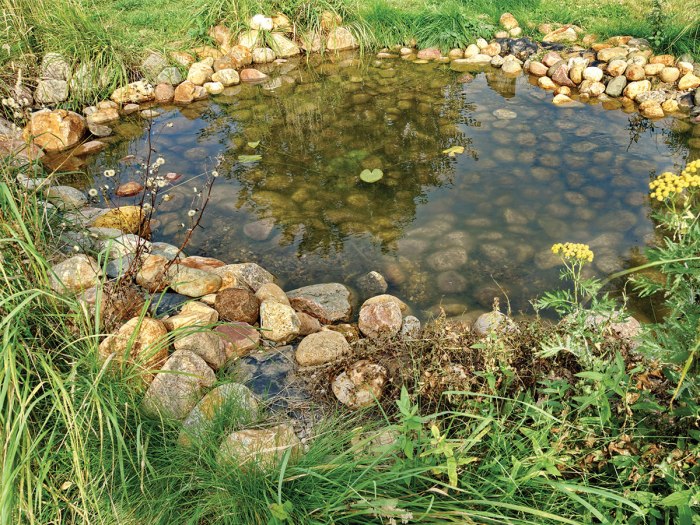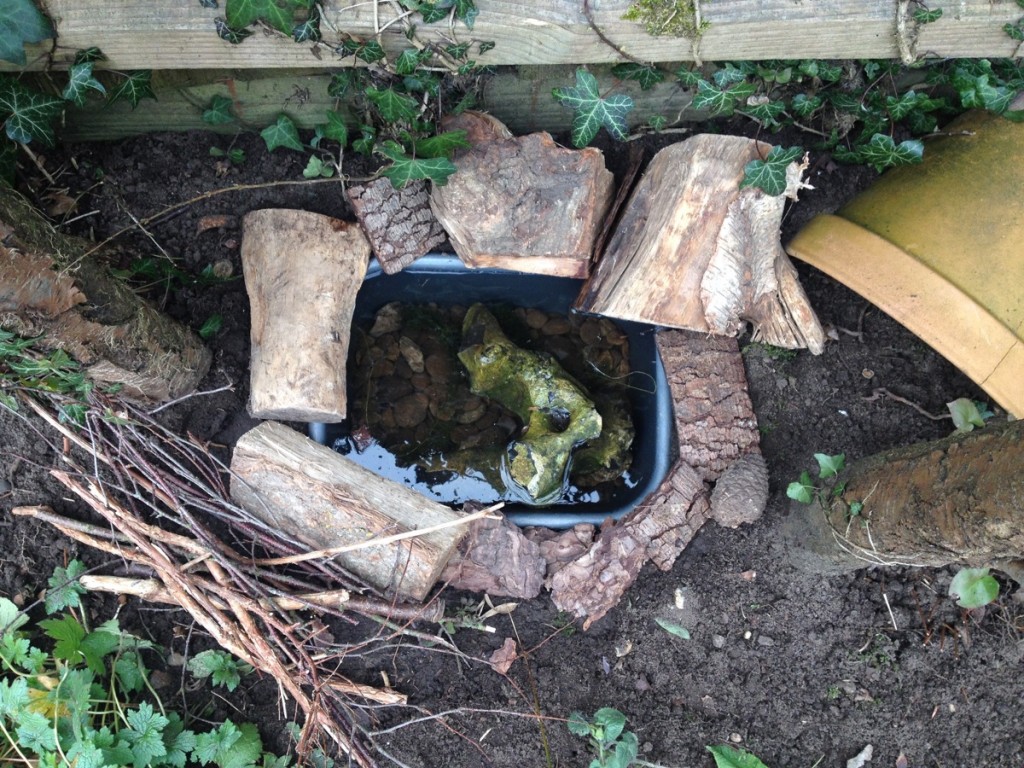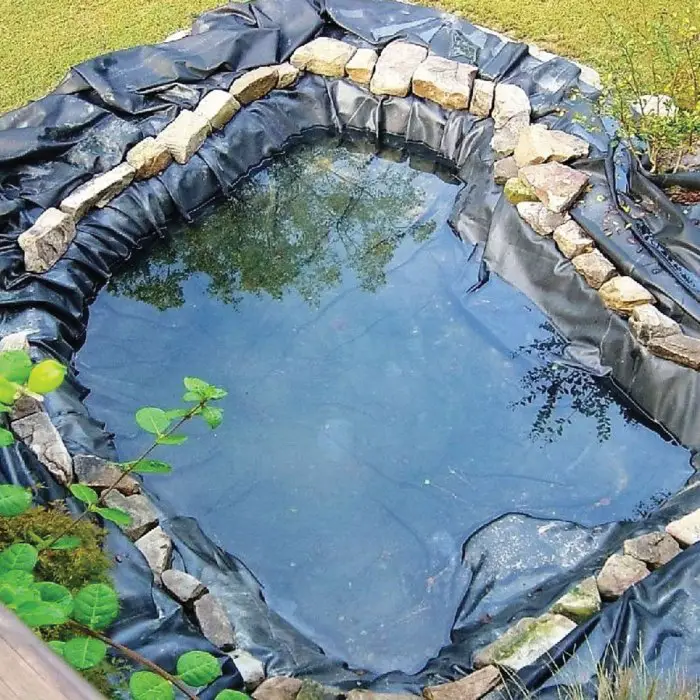Welcome to our guide on how to build a frog pond! Creating a frog pond in your backyard can be a rewarding and educational experience for both adults and children. Not only does it provide a habitat for frogs, but it can also attract other wildlife and create a peaceful outdoor space for you to enjoy.

Credit: scoutlife.org
Benefits of Building a Frog Pond
Before we delve into the steps of building a frog pond, let’s explore some of the benefits of having one:
- Provides a habitat for frogs and other wildlife
- Enhances biodiversity in your backyard
- Creates a tranquil and relaxing outdoor space
- Offers an educational opportunity for children to learn about ecosystems
- Attracts beneficial insects that help control pests

Credit: www.thesmallgardener.co.uk
Step-by-Step Guide to Building a Frog Pond
Now, let’s walk through the process of building your very own frog pond:
Step 1: Choose A Suitable Location
Select a spot in your yard that receives a good amount of sunlight but also has some shade during the day. Make sure the area is away from trees to prevent the buildup of debris in the pond.
Step 2: Determine The Size Of The Pond
Decide on the size of the pond based on the available space in your yard and the number of frogs you wish to attract. A pond that is at least 2 feet deep and 4-6 feet in diameter is ideal for most frog species.
Step 3: Dig The Pond
Use a shovel to dig out the shape of the pond you have planned. Create varying depths within the pond to accommodate different frog species and provide hiding spots.
Step 4: Line The Pond
Line the pond with a pond liner to prevent water from seeping into the soil. Ensure the liner is securely in place and trim off any excess material.
Step 5: Add Rocks And Plants
Place rocks around the edges of the pond to provide frogs with basking spots and shelter. Add aquatic plants such as water lilies and duckweed to oxygenate the water and create a natural habitat.
Step 6: Fill The Pond With Water
Fill the pond with water from a clean water source such as rainwater or dechlorinated tap water. Allow the water to sit for a few days to reach a suitable temperature for frogs.
Step 7: Monitor Water Quality
Regularly check the water quality in the pond to ensure it remains clean and healthy for frogs. Avoid using chemical treatments that may harm the frogs or other wildlife.
Step 8: Attract Frogs To The Pond
Encourage frogs to visit your pond by adding floating vegetation and rocks for them to hide under. Avoid using pesticides in your yard to keep the area frog-friendly.
Tips for Maintaining a Frog Pond
Here are some tips to help you maintain your frog pond and ensure it remains a thriving habitat for frogs:
- Clean out debris regularly to prevent the water from becoming stagnant
- Monitor the water level and top up as needed to prevent the pond from drying out
- Avoid introducing fish to the pond as they may prey on frog eggs and tadpoles
- Provide shelter for frogs in the form of rocks, logs, and vegetation
- Keep the surrounding area free from pesticides and other harmful chemicals
Conclusion
Building a frog pond in your backyard is a wonderful way to connect with nature and create a thriving habitat for frogs and other wildlife. By following the steps outlined in this guide and implementing the maintenance tips provided, you can enjoy the sights and sounds of frogs while contributing to biodiversity in your own backyard.
Start your frog pond project today and watch as these fascinating amphibians bring life and joy to your outdoor space!





